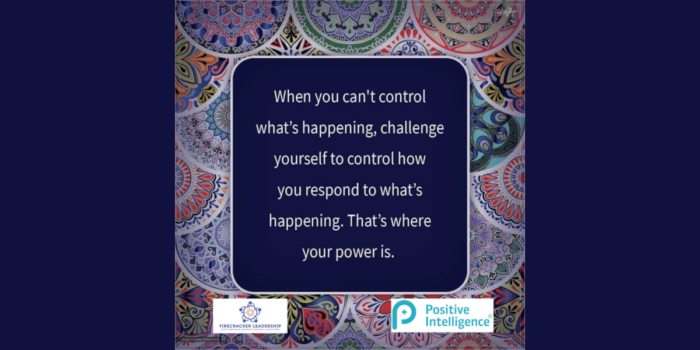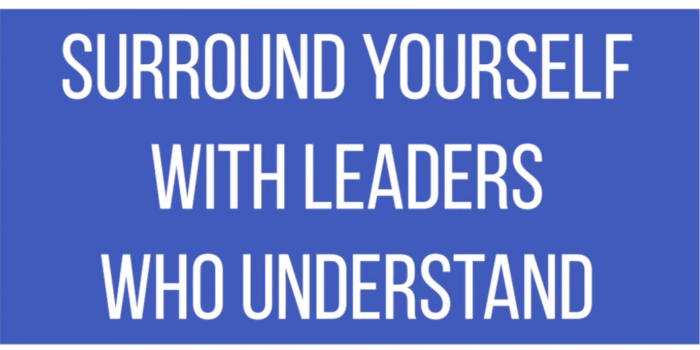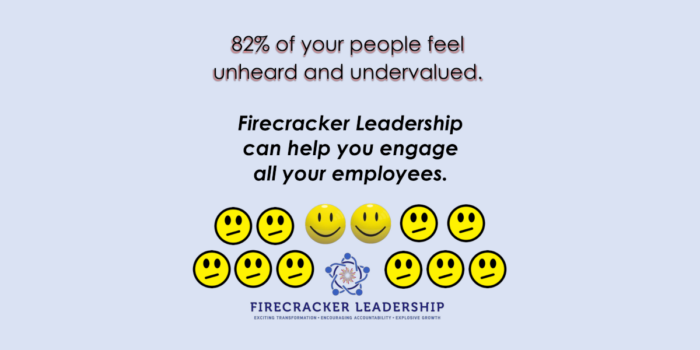Is your contagious energy positive?
Researchers and leaders have looked for the secret to successful leadership for centuries. Dozens of new books each year promise to deliver the answer. We decided to examine this question empirically, and when we did, we found that the greatest predictor of success for leaders is not their charisma, influence, or power. It is not personality, attractiveness, or innovative genius. The one thing that supersedes all these factors is positive relational energy: the energy exchanged between people that helps uplift, enthuse, and renew them.
Here’s what leaders need to know about positive relational energy, which we’ve found to be the most underutilized yet powerful predictor of leadership and organizational success.
The Importance of Positive Relational Energy
In our work, including interviews with thousands of leaders and employees, an upcoming book, and two decades of research on positive leadership, we’ve looked at people in terms of their networks of relationships: communities, organizations, and families. We’ve observed that certain relationships within those networks are extraordinarily life-enhancing and uplifting. The result is extraordinary performance. In particular, there’s usually one person at the center of these networks who’s responsible for most of the forward motion — not to mention well-being — of all the rest. We call them positive energizers.
Energizers’ greatest secret is that, by uplifting others through authentic, values-based leadership, they end up lifting up both themselves and their organizations. Positive energizers demonstrate and cultivate virtuous actions, including forgiveness, compassion, humility, kindness, trust, integrity, honesty, generosity, gratitude, and recognition in the organization. As a result, everyone flourishes.
The pandemic has taken a significant toll on the well-being and energy of so many. Positively energizing leaders are more crucial than ever. Positive energy, however, is not the superficial demonstration of false positivity, like trying to think happy thoughts or turning a blind eye to the very real stresses and pressures overloaded employees are experiencing. Rather, it is the active demonstration of values.
You’ve met people like this. They’re like the sun. These people walk into a room and make it glow. Everyone becomes energized, enthused, inspired, and connected. These incandescent people are positive energizers. Other members of these networks are depleting: the ones who leave the others feeling de-energized, demoralized, diminished, and uninspired. You know the ones — they sap your energy every time. We’ve given them the name de-energizers.
In our analysis of these energizing and de-energizing individuals in the work environment, we were especially interested in studying the energizing effects of leaders, because leaders are the single most important factor in accounting for an organization’s performance. These studies gave us tremendous insight into the secrets of every successful leader.
Numerous studies run by our group and our colleagues show that positive energizers produce substantially higher levels of engagement, lower turnover, and enhanced feelings of well-being among employees. This is partly because at the cellular level of brain activity, cortical thickness is enhanced through exposure to relational energy, hormones such as oxytocin and dopamine are increased, and at the cellular level in the body, inflammation is reduced and immunity to disease is enhanced. In organizations, superior shareholder returns occur, and in some of our studies, outcomes exceeded industry averages in profitability and productivity by a factor of four or more.
Here’s what differentiates positive relational energy. Physical energy diminishes with use. Running a marathon exhausts us. We need recuperation time. The same is true with the use of mental and emotional energy. We become fatigued and need to recover. The only kind of energy that doesn’t diminish but actually elevates with use is positive relational energy. We rarely get exhausted, for example, by being around people with whom we have loving, trusting, supportive relationships. Positive relational energy is self-enhancing. The ability of leaders to engender relational energy is in fact so powerful that it gives energizers an extraordinary advantage. They can turn around failing companies, resolve seemingly doomed situations, and revitalize disengaged and burned-out employees.
Assessing Relational Energy
Here’s how we identified energizers: We asked members of hundreds of organizations — from mom-and-pop startups to multinational corporations — this question: “When I interact with this person [person X] in my organization, what happens to my energy?” In other words, each person was asked to rate themselves on a scale from very positively energized to very de-energized when they interacted with another person in their enterprise. Each member of a senior team, for example, rated their interaction with every other member of the senior team.
We were astonished by the results of this research. When leaders display positive relational energy, it catapults performance to a new level. More specifically, positive energizers:
- Are themselves far higher performers than others
- Positively impact others’ performance, so that other people tend to flourish in their presence
- Exist in greater numbers at high-performing organizations than at average-performing organizations
When the leader is a positive energizer, the organization has greater:
- Innovation (the number-one attribute that CEOs look for across industries and countries)
- Teamwork
- Financial performance, including productivity and quality
- Workplace cohesion
And when a leader is a positive energizer, employees have greater:
- Job satisfaction
- Well-being
- Engagement
- Performance
- Relationships with family
What Makes Positively Energizing Leaders So Successful?
There is a botanical term for these results: the heliotropic effect. That’s the phenomenon whereby plants naturally turn toward and grow in the presence of light. In nature, light is the life-giving force; photosynthesis occurs only in its presence. Human beings have the same inherent attraction toward life-giving and life-supporting energy. This form of energy is what you receive — and give — in relationships with others.Decades of research shows that this positive relational energy nourishes us and makes us come alive. For example, research by UC Irvine professor Sarah Pressman shows that the need for positive social connection is so great that the lack of it is worse for your health than smoking, obesity, or high blood pressure and reduces longevity. In contrast, positive social connection can not only lengthen our life, but also strengthen our immune system and lower rates of anxiety and depression.
In organizations, these effects are magnified through the leader. That is, leaders’ relational energy has an outsize effect on employees, more so than almost any other relationship at work.
Consider, for example, Ashley Bernardi, founder and CEO of media relations firm Nardi Media. She saw her business revenue double in the span of two years, from six to seven figures — despite the economic upheaval of the pandemic. Bernardi had made one change in who she was when she was leading, and it’s something anyone can learn.
A health crisis in 2016 led her to change direction on how she was leading her company and team. After experiencing a debilitating form of Lyme disease coupled with postpartum depression that left her bedridden after the birth of her third child, Bernardi had a moment of truth. Her illness led to greater compassion and understanding for others. She realized that everyone shows up to work with the challenges they’re facing in their personal lives. As she healed physically and became a more compassionate leader, her business began to blossom. She dedicated time to creating her company core values — which include family and kindness — and made sure to set that example for her growing team and clientele. And for the first time in her life, Bernardi began to take excellent care of her physical well-being and emotional health: She regularly practiced meditation, breathwork, and yoga; took up running; prioritized good sleep; and, yes, even took work breaks and naps. She signed up for Yale’s Coursera course on the science of well-being.
As you can now guess, Bernardi is a positively energizing leader. As she tells the story: “When I learned to put myself first, I saw transformation happen in my life in the most powerful ways: I attracted like-minded team members who lifted each other up and aligned with my core values, one of them being kindness. Our business flourished.”
How Do Positive Energizers Do It?
There’s more to this than the need for employees to feel valued, respected, and engaged; we already know those things are important. When they get recognition, support, and encouragement, absenteeism is low, productivity and profitability are high, and quality and safety improve. But positive energizers catalyze all this and more.
Positive relational energy then becomes reciprocal. An energizing approach to others acts as a continual energy-boosting mechanism, which, in turn, produces an abundance of energy in the whole network. Energizers reproduce themselves, building networks of positive energizers around them, and that heliotropic effect expands to attract still more. To paraphrase the proven leader Dolly Parton: If your actions inspire others to dream more, learn more, do more, and become more, you are a positive, energizing leader. Many studies on positive leadership demonstrate that leaders focused on contributing to others are substantially more effective than leaders focused on personal achievement and success. Their organizations and their employees excel.
Can organizations flourish with leaders who deplete rather than generate energy? Of course — in the short term. But the empirical evidence is clear that positive energy is far more effective long term. Over time, employees become averse to de-energizing and life-depleting leaders, and that’s not a chance leaders can take during the Great Resignation (nor, we would argue, in economic boom times, either). That heliotropic energy will renew itself many times over, and inspire focus, trust, and sincere investment in your goals. Your employees will turn toward the sun.








